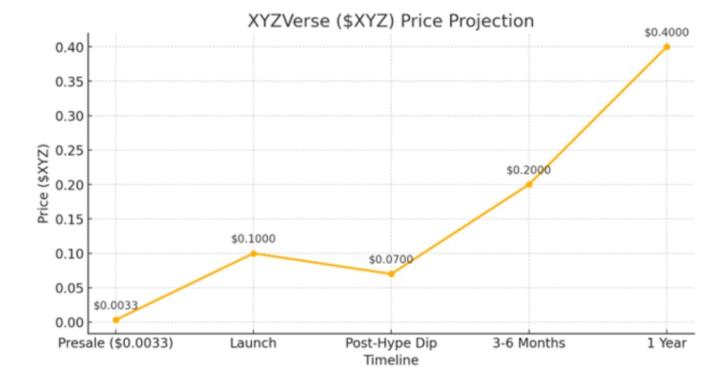The United Kingdom and India have signed a free trade agreement, eliminating tariffs on many goods and opening up significant economic development opportunities for both countries.
This agreement is the result of three years of negotiations and is considered the largest trade deal since the UK left the EU and the most important agreement for India in the past decade.
- The agreement eliminates tariffs on 90% of UK goods exported to India, with 85% completely tax-free within 10 years.
- India reduces tariffs on 99% of export goods to the UK, promoting bilateral trade growth.
- The agreement is expected to increase the UK's economic output by 4.8 billion pounds annually, driving long-term trade growth.
What are the highlights of the UK-India Free Trade Agreement?
The free trade agreement between the UK and India is one of the important steps in the strategy to expand economic cooperation after Brexit, signed by both sides after three years of careful negotiations.
This agreement removes import duties on many essential goods such as cars and alcohol, helping to facilitate smooth trade flows between the two countries. It is the largest trade agreement for the UK since leaving the European Union and the most important for India in the past decade.
"Signing the agreement with India marks a crucial turning point in building comprehensive economic relations, helping to increase income and create thousands of jobs in the UK."
Boris Johnson, former UK Prime Minister, 2023
How does the agreement reduce tariffs for both countries?
According to the agreement, about 90% of goods exported from the UK to India will have reduced tariffs, with 85% becoming completely tax-free within the next 10 years.
India has also committed to reducing tariffs on 99% of export products to the UK, helping businesses from both sides save significant costs and expand export markets. This creates favorable conditions for manufacturers and enhances regional competition.
How does this agreement affect the economies of the UK and India?
The agreement is expected to bring significant economic benefits to the UK, with estimated output growth of around 4.8 billion pounds per year, according to analysis by Bloomberg economic experts.
This growth is not just a number but also expands long-term trade potential between the two economies, aiming for sustainable cooperation and diversification of import and export goods. Many economists predict the agreement will boost industrial development and create thousands of job opportunities.
"This is a critically important trade agreement for India, helping to enhance competitiveness and consolidate the country's position in the global economy."
Raghuram Rajan, Economics Professor, University of Chicago, 2023
Frequently Asked Questions
When does the UK-India Trade Agreement take effect?
The agreement officially takes effect immediately after signing, beginning the tariff reduction steps over the next 10 years, according to the plan of both governments.
Which goods will be completely tax-free?
Cars, alcohol, and many other UK industrial products will be completely tax-free in the next 10 years, facilitating exports to India.
How does the agreement affect consumers?
Consumers on both sides will benefit from more competitive prices and diverse products due to reduced import duties and expanded supply sources.
How does the agreement impact UK-India economic relations?
The agreement promotes close economic relations, enhancing trade and long-term cooperation between the two countries in many fields.
Does the agreement affect other countries in the region?
The agreement may create a spillover effect, encouraging neighboring countries to reconsider their multilateral trade and investment strategies.








